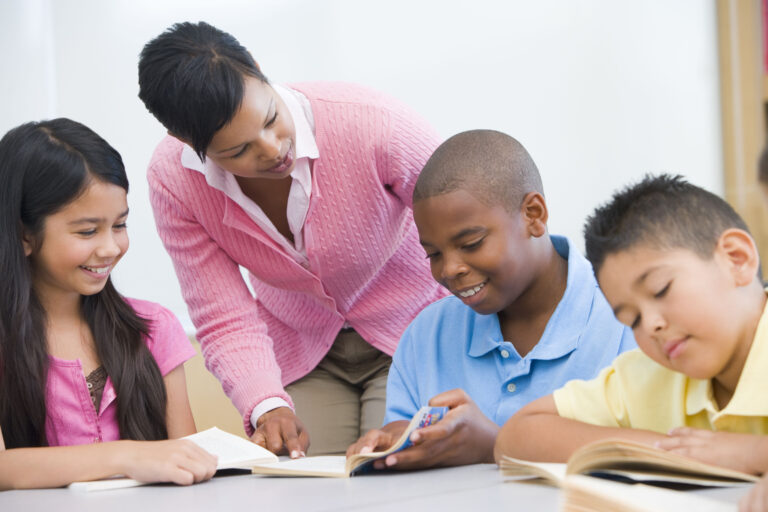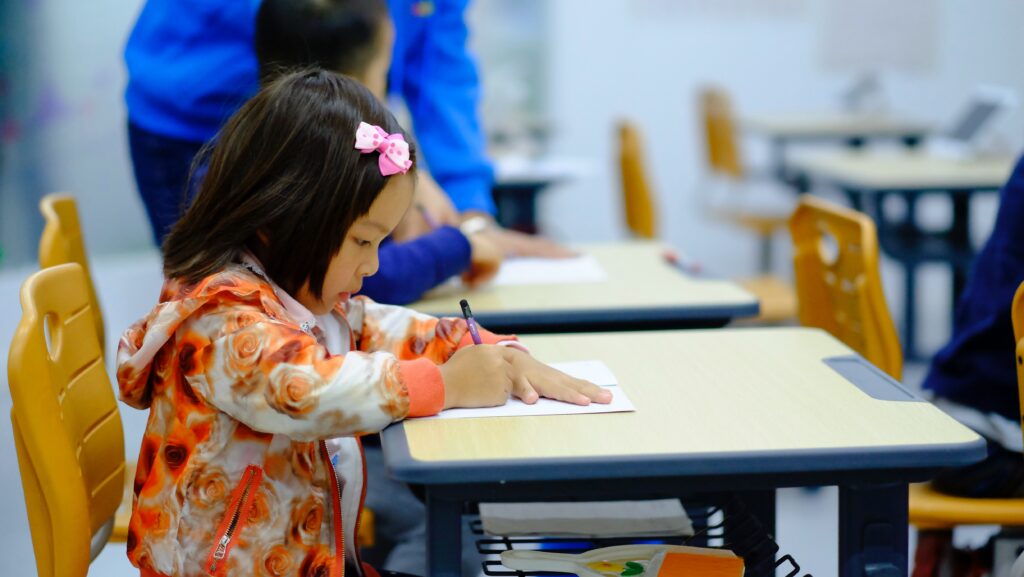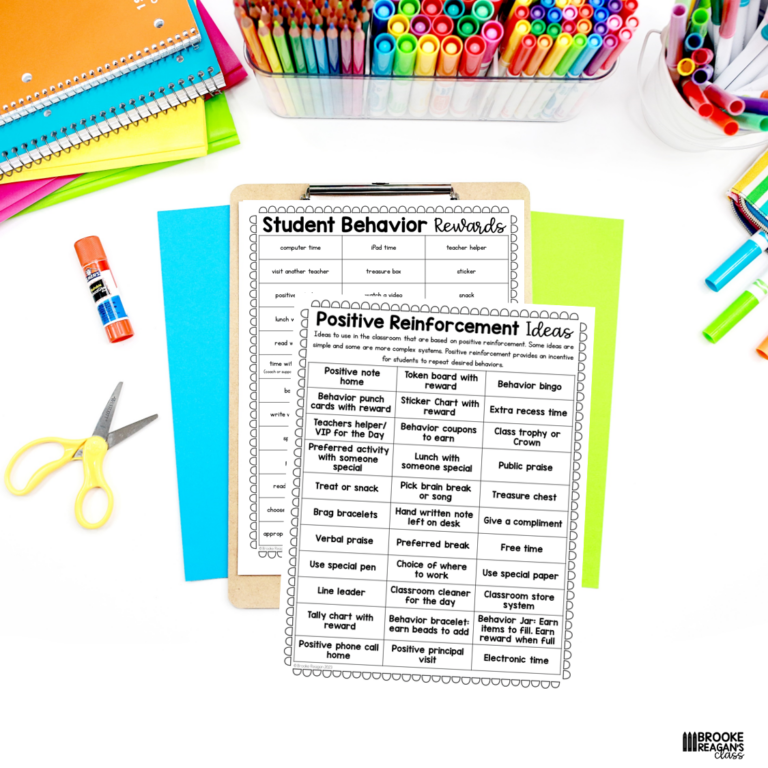

Structure transitions are super important for maintaining a smooth flow in the classroom and minimizing disruptive behaviors. A transition in the classroom is any time you are changing between activities, subjects, or locations. One trick to help with transitions is to post step-by-step visuals of directions or steps to follow. These non-verbal visual reminders are a life-saver! Click the picture below!
Transitions must be planned out, taught, and practicited to be most effective. I have outlined some strategies I have found to be helpful to support transitions for students.
Helpful Strategies for Classroom Transitions:

Sign up to receive over 35 ready to use student rewards to boost motivation, promote positive behavior and create a fun learning environment.